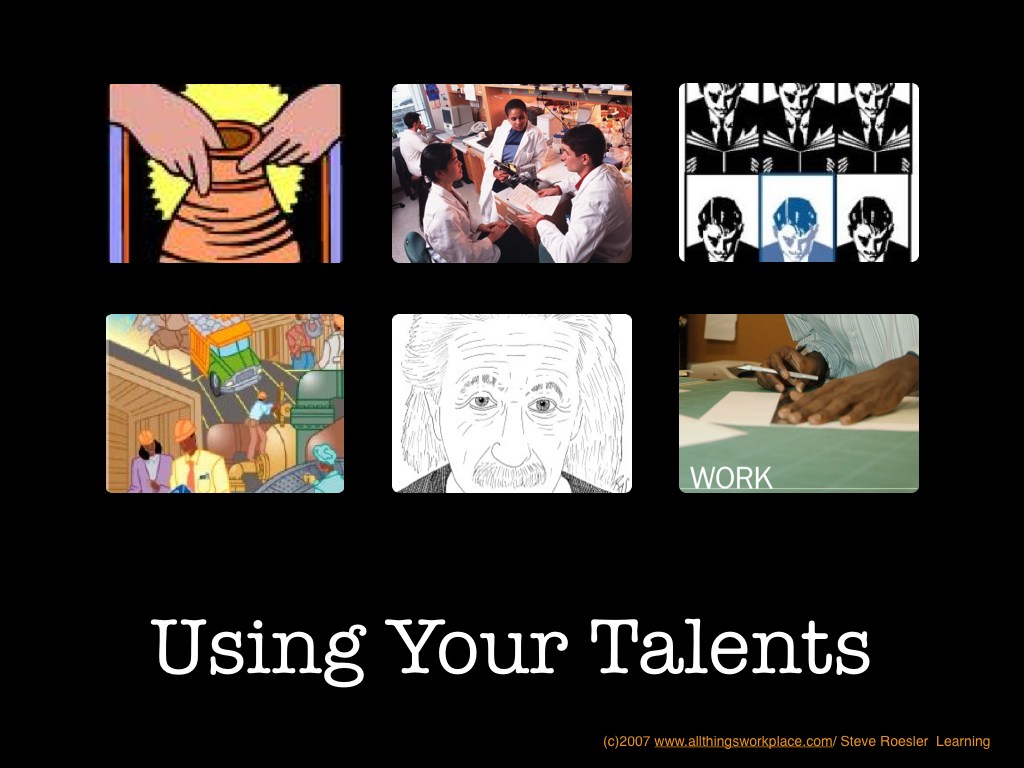Tim Irwin in his book De-Railed
Our character is our inner compass leading us in that right path. Often times we are faced with decisions that are in the gray area, not necessarily right or wrong. We are best served to seek wise counsel in these areas to help with our decision making process. Talking to experts in the field of exercise can help. Let's look at an example of exercise that might be right for one person may not be right for you or not right for you at this time. Is running the right exercise for you if you want to get in shape? You maybe ran in high school or college, but it's been 10 years since the last time you ran. But your good friend wants you to start running with them and you know you are not in very good shape. It may not be the best exercise to start with, but after proper beginning training it may be great exercise for you at a later time. Don't make quick judgments with your exercise program because an expedient act often compromises your character. Staying on track is an exercise of character that you probably need to do almost daily to make sure you are choosing a wise path for your health.
Failure to be authentic often will lead to derailment. We have to be honest with who we are, what experiences we have had, and what are our expectations. We are given certain body shapes and metabolisms, we cannot change that. We probably won't look like the cover person on a magazine (unless we let Photoshop go-to-town making us look like something we are not like the magazines do). Some tips on becoming more authentic: get comfortable with your own skin, don't be arrogant, tell the truth, and share your true beliefs and convictions with those you trust.
Self management is defined as skill, insight, sensitivity, impulse control, optimism and persistence applied in the particular environment in which we live. Having control of ourselves is vital and this is often one of the most difficult things to do. Sometimes we may not like the rules of the game, but we have to accept them and not lose control. When it comes to exercise and staying healthy: yes it takes time, yes you might have to sweat a little, and yes it requires work and energy. To help us in this area we need to build on our strengths and observe our limits. Understand what exercises you are good at and do them so as to allow you to enjoy your exercise time. Understand your limits so you can work toward your maximum and not your minimum to get the most out of your exercise time. But also be observant of your weaknesses to do some work on them to avoid injury.
Humility is not about being self-deprecating or arrogant. Don't see yourself as a failure or as someone that has a horrible body image. Nor should you look at your body as perfect in every aspect. Instead we need to remember we are serving the Lord through keeping our bodies a temple on earth that is holy and pleasing to God. This allows us the ability to be the hands and feet of Christ to do good work on earth which is part of our purpose.
Courage – is ordinary people doing extraordinary things. I think everyone that takes time to improve their physical health through proper diet and exercise along with mental and spiritual health practices has courage. It is easier to not do these things, so when we take steps to choose the right thing when it would be easier to choose the wrong thing is a sign of someone doing something extraordinary.
With improving these traits we can help avoid derailment of our health. How do you work on these traits to improve your physical health with exercise and diet? Which one is hardest or which one is easiest?



